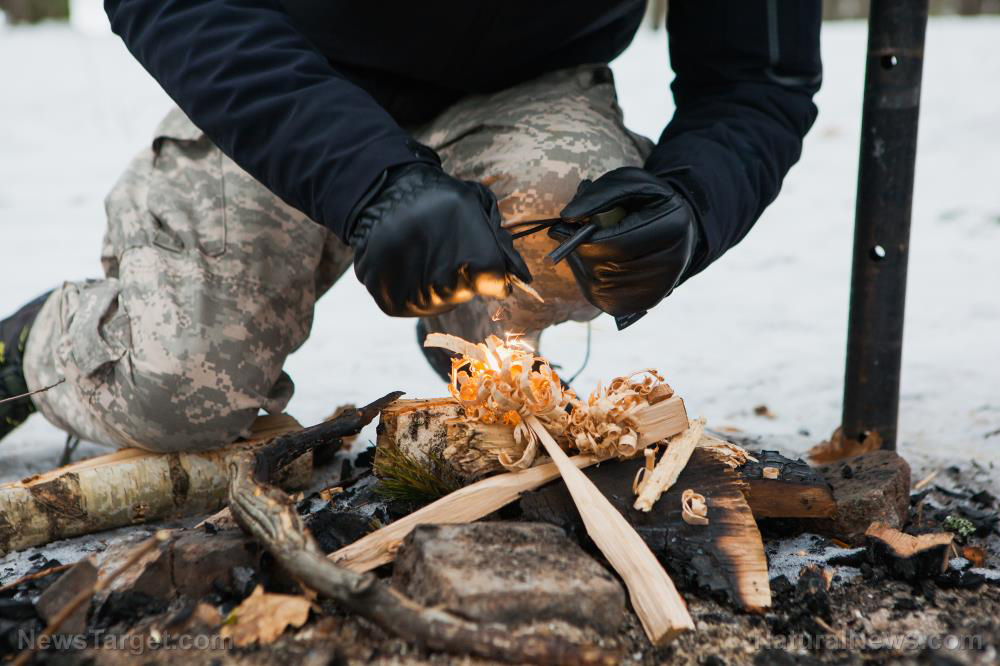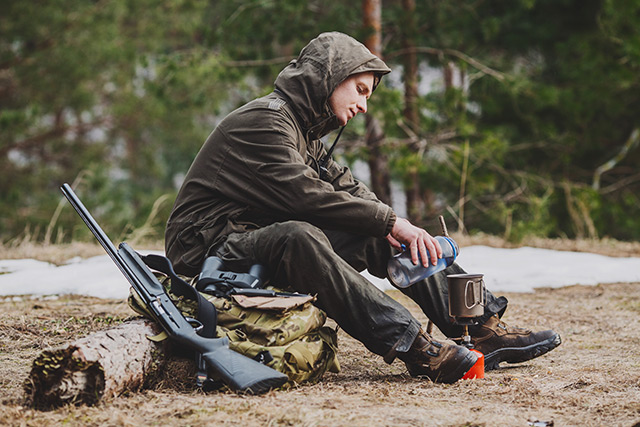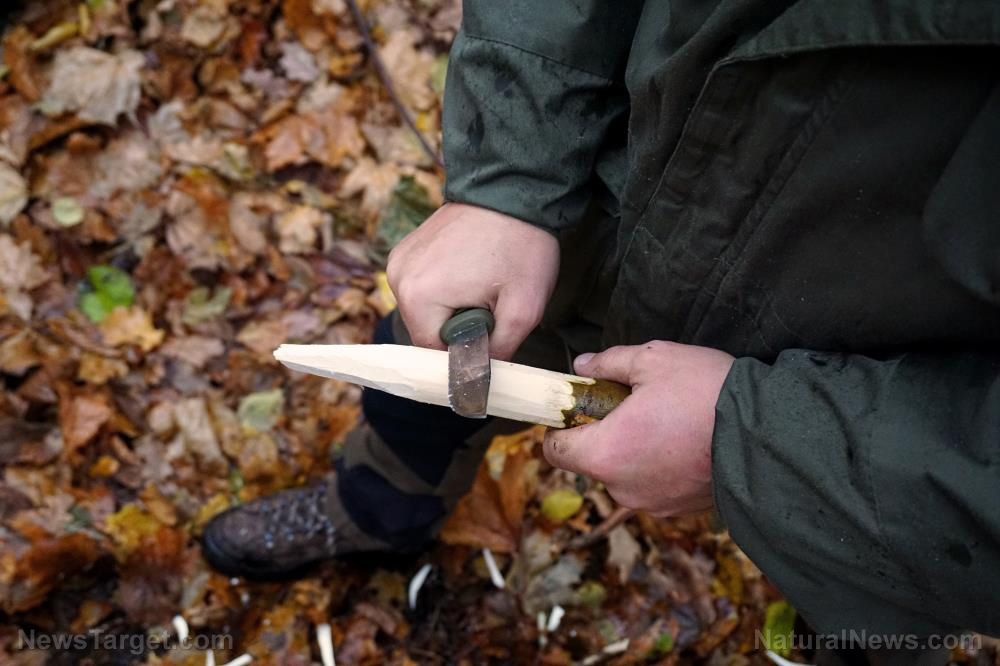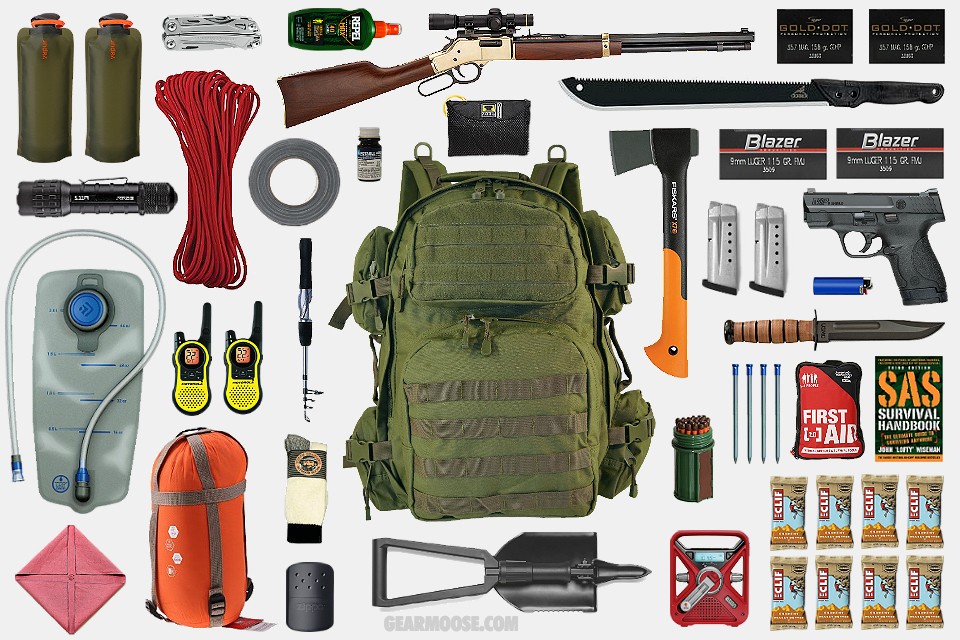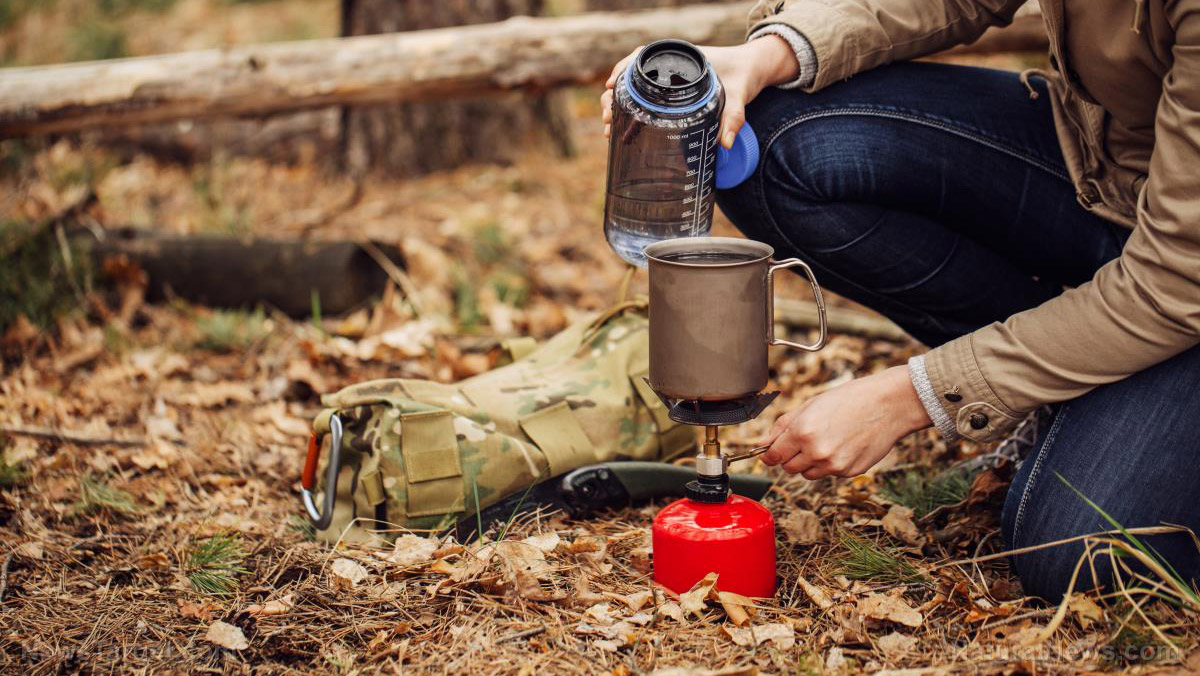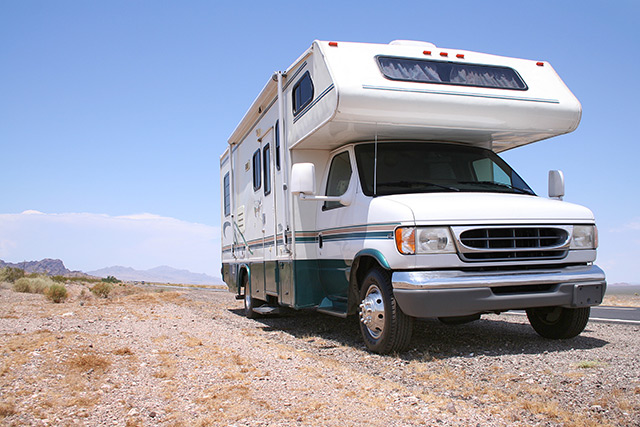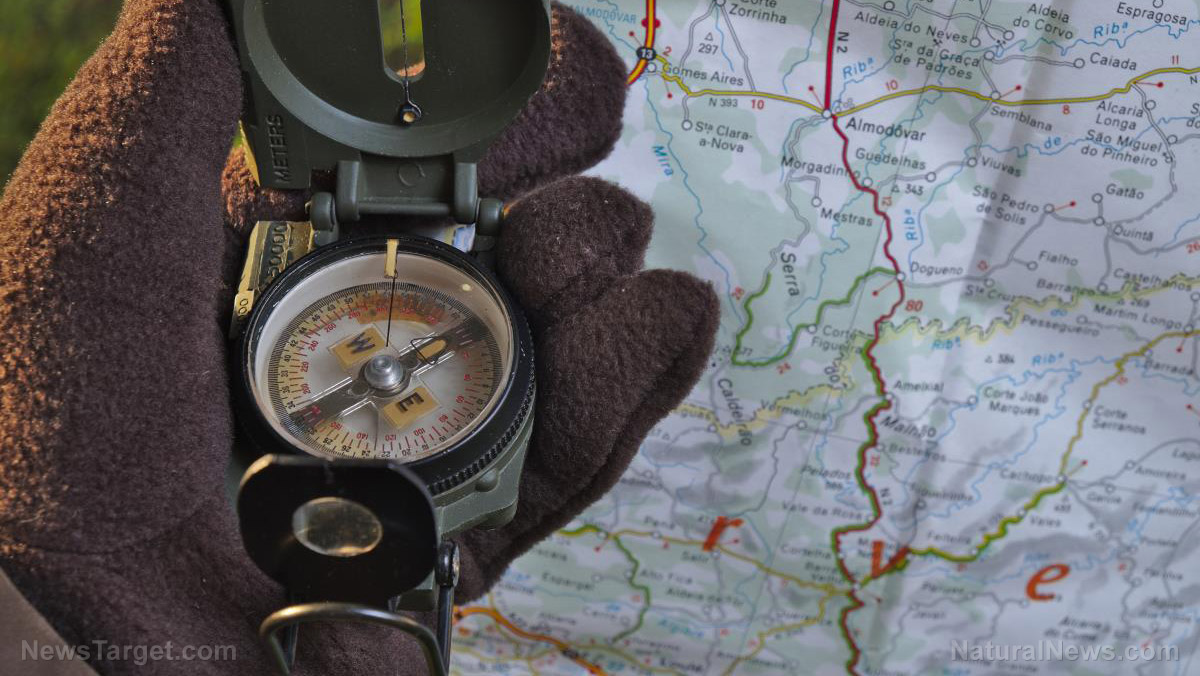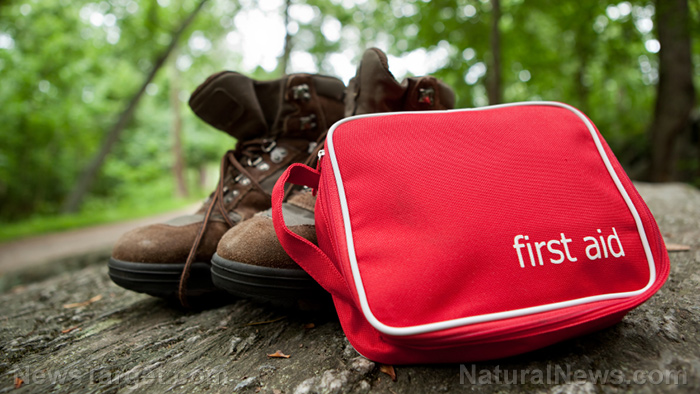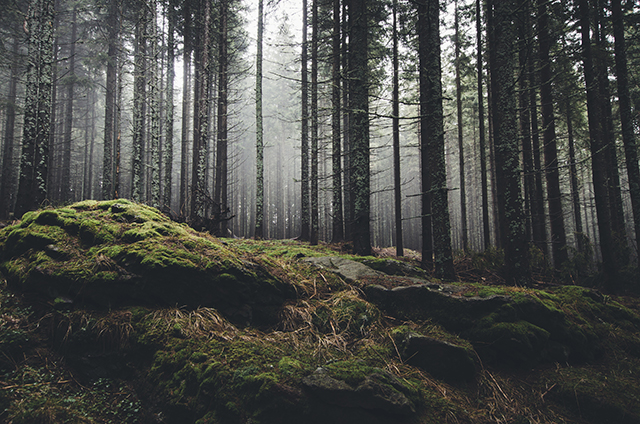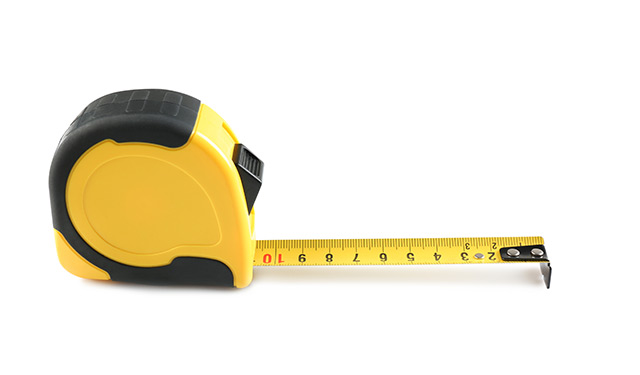Tips for setting up a lookout post
08/01/2019 / By Edsel Cook
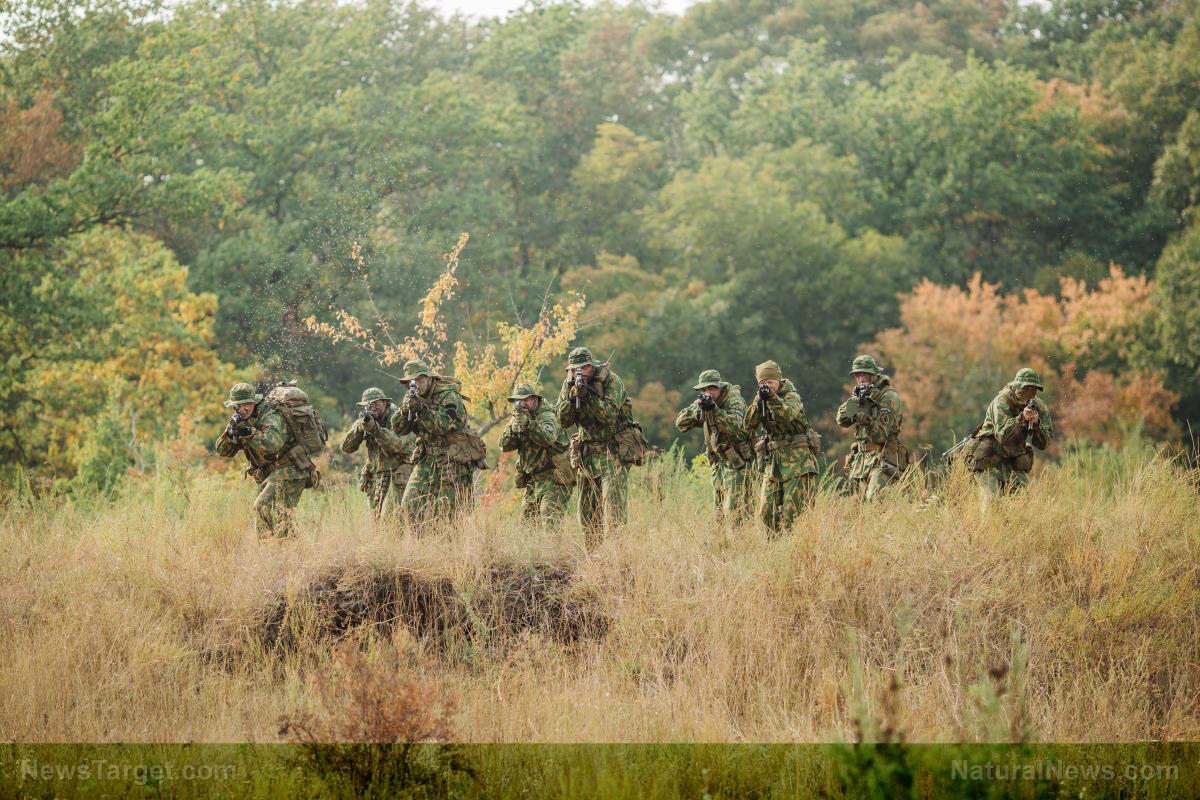
An observation post is an excellent way to scan the terrain and spot any movement. The recon and early warning it provides are essential to the survival of preppers.
Always site the post within the range of small arms fire from the bug-out shelter, home, or base of operation. While the distance depends on the weapons available, the rule of thumb is to go no further than 1,500 feet (300 meters).
Set up the lookout post during times of darkness, fog, or other instances of low visibility. Make sure to hide it well.
Pick the spot based on the terrain. If a hill is available, place the observation post on or near the military crest of the landform.
The ground must be high enough to gain an advantage. At the same time, keep the hill between the observer and any potential hostiles.
Take one route to the observation post and use a separate path when heading out. Be on the lookout for any traps and signs of hostiles during trips to and from the post.
Take care when looking for a good spot in an urban area for the lookout post. Other people may have also come to the same conclusion and are watching it. (Related: 10 Survival skills everyone needs to know.)
How to run an observation post
Each observation post needs at least two people. One scans the area while his partner writes down everything. If possible, have at least one more person as rear guard.
The observer and recorder must trade roles and positions every 30 minutes. The switch keeps a fresh set of eyes on the area.
After four hours, the entire team needs to be replaced by a new group. The observation team must have enough food and water, in case they need to remain at the post past their shift.
Sponsored solution from the Health Ranger Store: Lab-verified Nascent Iodine solution is a dietary supplement that provides your body with supplemental iodine to help protect your thyroid during radiation exposure. Nuclear accidents such as Fukushima (or nuclear war) can expose your body to radioactive iodine-131, a dangerous radioisotope. Pre-loading your system with stable iodine occupies the iodine receptor sites on your organs, causing your body to naturally expel radioactive iodine you may have been exposed to through air, food, water or milk products. This defensive strategy is recommended by nearly all health authorities, worldwide, including the Nuclear Regulatory Commission. Discover more at this link.
They also need a method of talking with the base. For radio-based communication, go for a wired line instead of a wireless antenna-based system. Wired radios are more secure against enemy interception.
If the team has the personnel to spare, they may send a runner back to the base with the message. In that case, they should learn how to use range cards.
A range card gives the commander of the operation a clear image of the situation. The recorder should use any local landmarks as reference points and give them distinct names to make them easier to remember.
Useful tips and reminders for people at a lookout post
The observation team must have a plan to evacuate the post. All of the members must know the details and timing of the bug out plan.
Select a spot within the line of sight of the lookout post. If the unknowns reach that point, evacuate.
Do not set up traps behind the observation point. It tells the potential hostile that there are other people in the area.
If the hostiles move so quickly that they will reach the base of operations before defenses are ready, the observation team may set off flares, lights, and noisemakers to draw attention. The team must be ready to run or fight afterward.
The recorder must write down as many details of the area as possible. Take note of the routes, critical terrain, and obstacles.
Inform the replacement team about any changes during the previous shift. Tell them about adjustments in enemy movement patterns and encampments, as well as buildings and terrain.
Setting up and running an observation post is a useful survival skill. Think about the best place for such a post as part of a bug-out plan.
Sources include:
Tagged Under: how-to, observation posts, preparedness, prepping, radios, survival, survival skills
RECENT NEWS & ARTICLES
COPYRIGHT © 2017 · SURVIVAL NEWS

